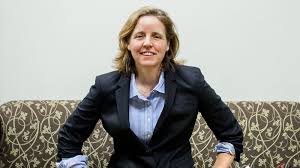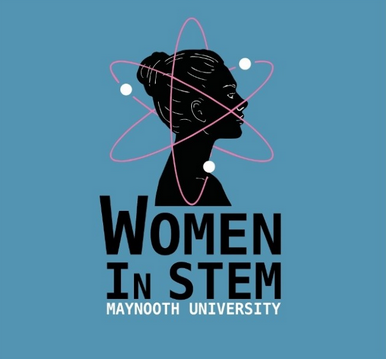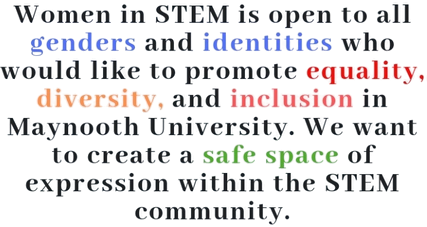Women in Computer Science
While the number of women in Computer Science is only a fraction of their male counterpart, there is an increased effort to bring more and more women into the computing industry. In 2016, 16.7% of students enrolled in ICT in the European Union were female and 16.1% of those working in ICT where female. Ireland is slightly ahead of that with 17.1% of female students studying ICT and 21.1% of ICT specialists are female. There are a huge number of benefits to working in ICT so there are many programmes and initiatives to prove that ICT is for girls.
According to data collected by the CSO and the Independent.ie, ICT workers still command the highest average yearly pay of €65,815. Their earnings rose by almost 5% between 2018 and 2019. At Honours Bachelor Degree level in Ireland, Computer Science/ICT graduates are the highest earners, with 84% earning €25,000 or more. This is compared to 29% of Arts graduates. In 2016, 34% of female ICT graduates were earning between €29,000 and €32,999 compared to 28% of male ICT graduates.
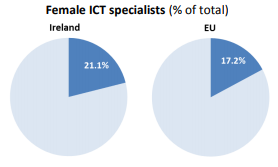
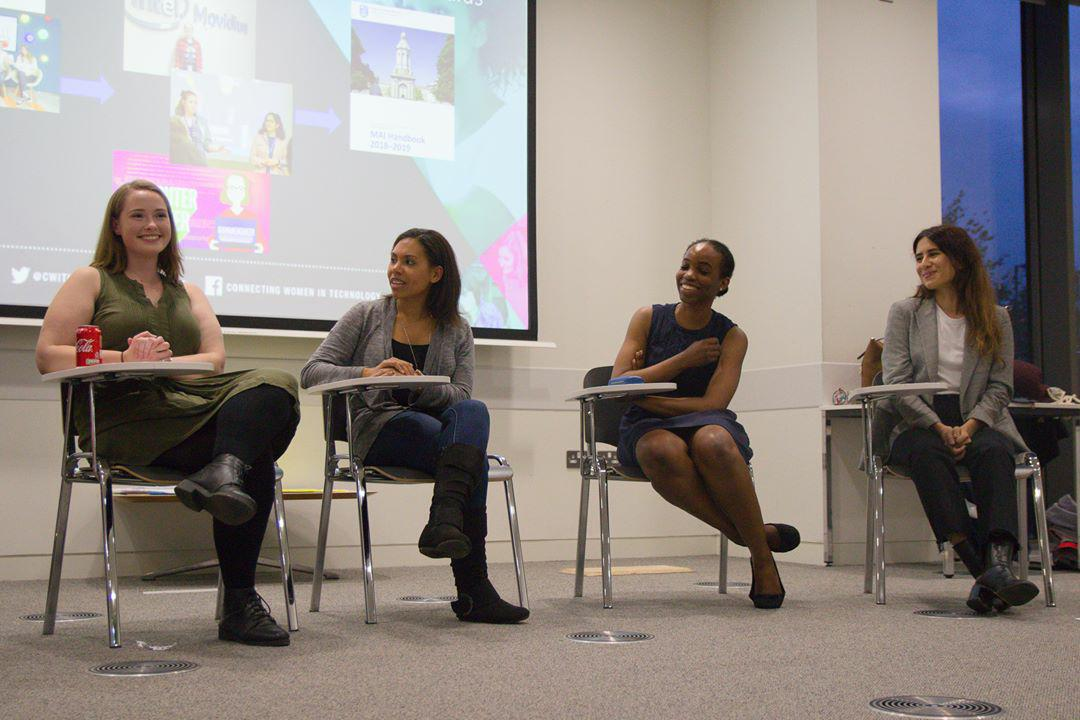
In 2018, researchers at University of New South Wales looked at gender differences in variations in academic grades of 1.6 million students of all ages across the world, and found that males and females scored similar grades in Stem subjects. However, there are less females in STEM careers. One of the factors in influencing our career decision is what we see portrayed in the media. Nearly 63% of Stem characters portrayed in the media were men, and that this almost 2:1 ratio hasn’t changed in the past decade. We need to defy the stereotypes . The studies lead author said "Girls tend to do better when they’re taught by a woman with a strong maths background, so they can see they can do math, too." Among the top female Stem characters who inspire girls to study Stem subjects are Meredith Grey from Grey’s Anatomy, Dana Scully from The X-Files, Amy Farrah Fowler from The Big Bang Theory and Disney’s Doc McStuffins, made by Irish animation company Brown Bag Films.
There are a number of communities dedicated to Women in STEM. These aim to bring together like minded people and prove women can work in STEM. Women in Tech is a global platform promoting diversity in tech, leadership and entrepreneurship. Connecting Women in Technology is a network of Irish based technology companies who all share a common goal to support the development of women in the technology industry.
Girls in Tech is a global non-profit focused on engagement, education and empowerment of girls and women who are passionate about technology. Code First: Girls is a non-profit enterprise that offers free part-time coding courses for young women across the UK and Ireland. GirlsHack Ireland aims to generate knowledge and interest among girls to pursue STEM through creative and interactive learning. The Irish Girl Guides Innovatively Engaging with STEM is a project which focuses on the development of concepts relating to STEM with young girls in an informal setting. I WISH is an initiative to encourage young females to pursue careers in STEM. Women KickStart is a programme to enable women from non-tech backgrounds to convert to technical support, project management and customer support roles in tech companies. The Irish Independent has a series of podcasts called Women in Tech. They speak to Irish women involved in tech to dispel myths and break down barriers. Intel, ACM and Google offer scholarships to females embarking in third level education in STEM subjects.
Below is a selection of biographies from women from within the Computer Science Department in Maynooth University. Some of these women are currently studying in Maynooth, some have graduated from Maynooth, some are working in the department. The hope of these biographies is to show how diverse computer science can be and the range of jobs and opportunities available.
My name is Tosin Salimon, I completed my degree in Computer Science and Software Engineering in 2019.
The four years were such a great experience. I actually wasn’t sure that computer science was the course I wanted to do when I started college. I knew I wanted to get into something science related and when I was picking my modules, I had the opportunity to choose Computer Science so I did and I absolutely loved my first year. I loved the problem solving aspect of it, I enjoyed coding and it was amazing that there was so many different aspect of computer science I could go into when I completed the course so I decided to continue with Computer Science and it was a brilliant decision.
I graduated in September and I began working as a Graduate QA Engineer for an IT company. Though my current position is focused more on the testing of products, in the future I have the opportunity to go into product development, software engineering, database administration and so much more. I love the flexibility this course brings and I’m excited to gain experience in different aspects of IT.
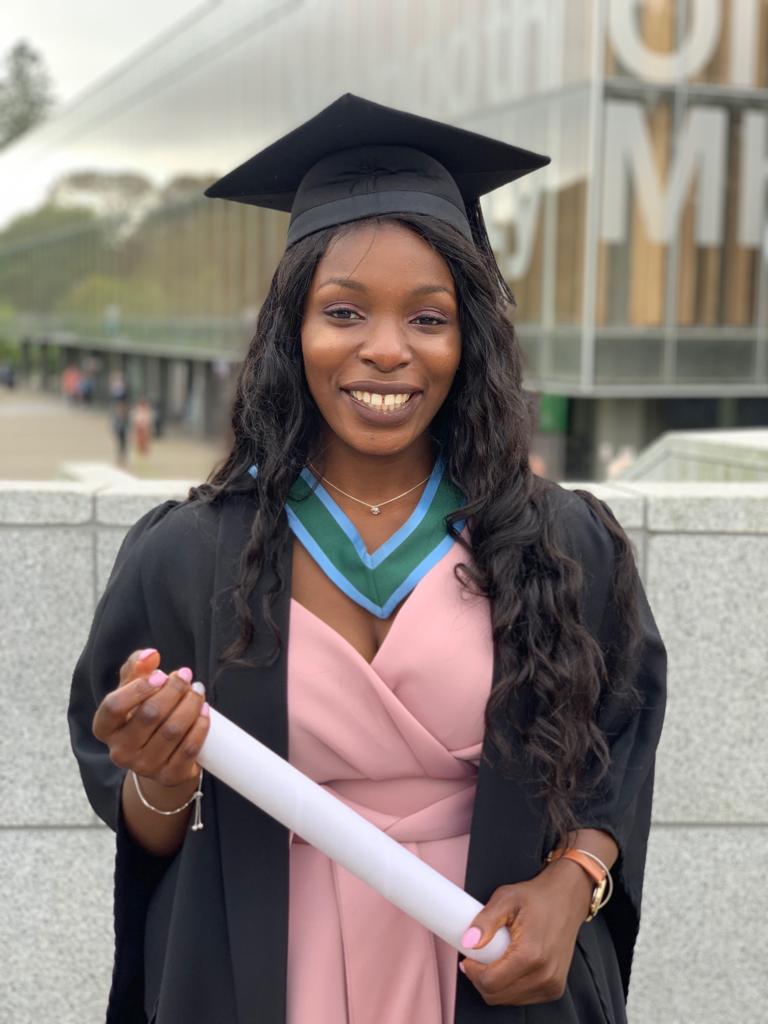
My name is Niamh Connolly and I am currently studying Computer Science at Maynooth University.
I actually wasn't sure I wanted to study Computer Science until I was in my first year of an Arts degree at Maynooth University. Like many, I struggled to decide what I wanted to study. I felt rushed into making a decision and as a result I chose a degree that I thought would give me more time to decide what I want to do in the future. While in college I met many people who were studying a wide range of courses. I liked learning a bit about all the different courses but the two subjects I was most interested in was Engineering and Computer Science. I loved learning about how computers worked and was fascinated with learning about programing languages. It didn’t take me long to realize that this was the course I wanted to be studying so I changed degrees and came back the next year as Computer Science student.
Changing degrees was scary at first but it was the best decision I ever made. I loved my first year as a Computer Science student and I'm excited for what the next few years hold.
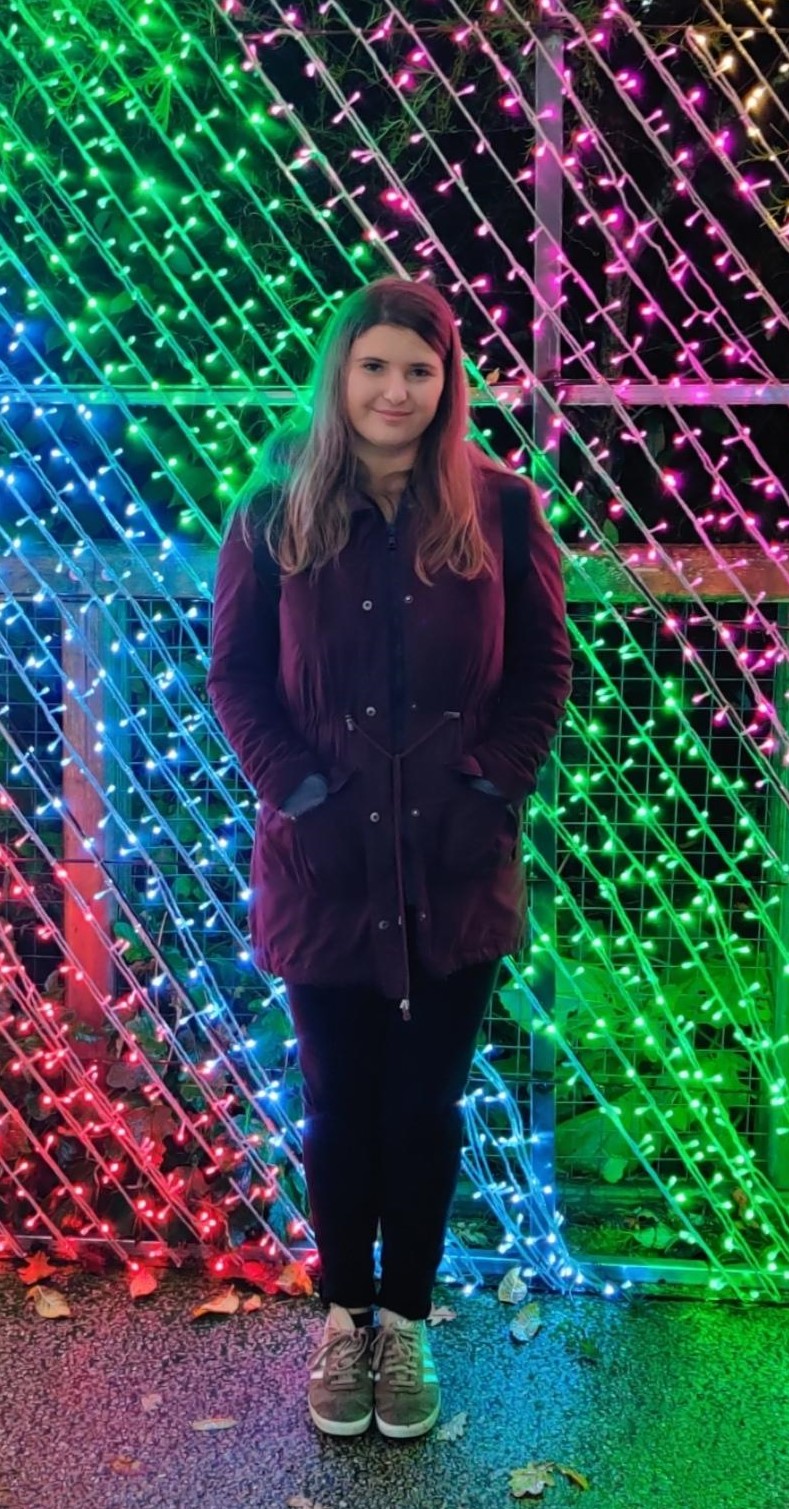
My name is Rosemary Monahan. I am an Associate Professor in Computer Science at Maynooth University. I studied Science at University College Dublin where I took Computer Science as one of four subjects in the 1st year of the programme. Knowing little about the subject at the start of my degree, I was surprised by how much I enjoyed topics such as programming and logic. I specialised in Computer Science for my Bachelors degree, and followed this with project work that led to my Masters at UCD and my PhD at DCU, both developing tools and techniques to ensure the correctness of software.
Currently, I lecture and supervise undergraduate and postgraduate students in Computer Science and Software Engineering. My research involves working with students, international academics and industry to develop techniques that increase the dependability of software systems. I also work with my colleagues on a Science Foundation Ireland project where we develop the science of problem-solving through nurturing computational thinking skills. One of our aims is to increase teacher, student, and parent interest in STEM subjects – especially in computer science.
I also represent Maynooth University on INGENIC, the network for coordinating efforts to address gender equality in computer science, and I am a member of the founding committee of the recently established an ACM-W professional chapter which provides support for female computer scientists in Ireland.
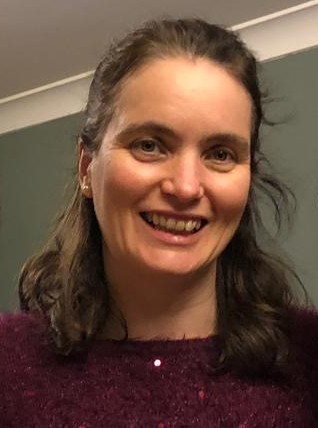
My name is Jemma and I’m a Computer Science and Mathematics student. I am president of MU Women in STEM Society and Science & Engineering Faculty Convenor in Maynooth Students’ Union.
Before starting university I had never had any experience with Computer Science and Coding. All I knew of it was what I saw in tv and movies which painted a picture of criminals and hacking.. I came into university through the general science route and was planning on doing Chemistry for the rest of my life. That’s what I liked in school and thought I was good at it. I only took Computer Science as a subject in First Year because I had to choose a fourth subject and I didn't want to do biology. I fell in love and dropped chemistry after first year.
In second year, I decided I wanted to become more involved. I started tutoring in the Computer Science Centre and became an Academic Rep.
I completed a Summer Programme for Undergraduate Research Project in the summer before my third year with the Computer Science Department entitled “Developing games for immersive learning through the use of BreakoutEDU” which was the most amazing experience and showed me a totally different side to Computer Science.
I loved problem solving and tutoring so much that in my third year I got the opportunity to demonstrate computer science labs and haven’t looked back. With my roles I get to represent Women in STEM across the university. From these amazing experiences I have secured a Software Engineering internship with Amazon, which is my dream.
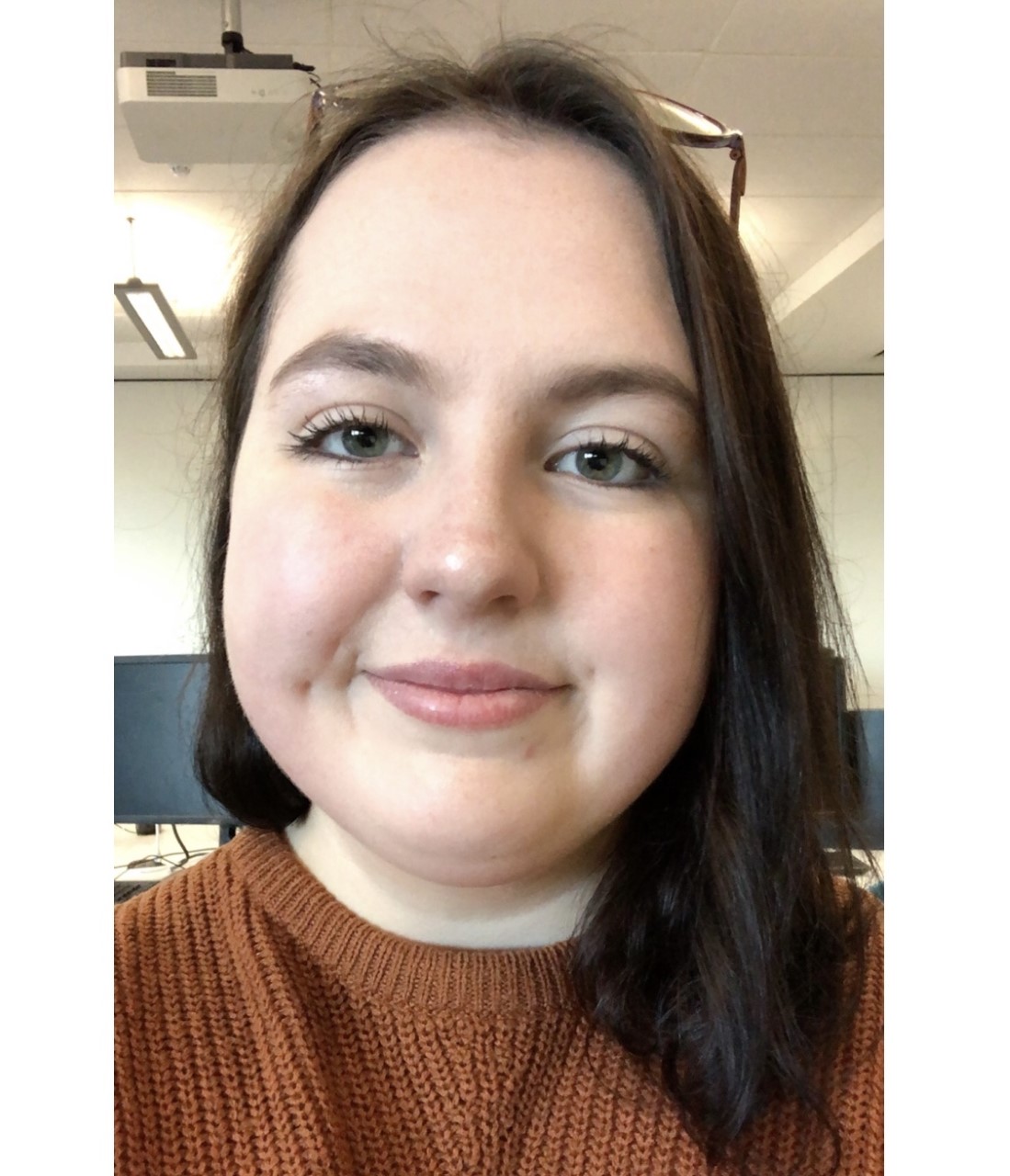
My name is Linda Toomey. I am 3rd year general Science student studying Computer Science and Maths.
Prior to Maynooth I had never tried any form of programming. Initially I had come to college to study Biology and Chemistry but had to pick another module so I decided to try Computer Science. I ended up loving Computer Science much more than any of my other subjects. The pace was not too fast and I found every code I had to write extremely interesting and doable. By the time first year was over I had dropped Biology and decided Computer Science was the course for me!
In second year, the codes we wrote suddenly became much more interesting and usable. Codes for how to cheat in scrabble or how to win any probability game. I also love studying maths and there were regular opportunities to intertwine the two subjects in some of my programming. I have just finished second year and am working on a project given to me by the college where I get to work with Virtual Reality which is really fun. It's unlike anything I have ever done before and is definitely something I would consider working with in the future.

My name is Prabhnoor Kaur and I am a currently enrolled as a second year student at National University of Ireland, Maynooth pursuing a Bsc. in computer science and software engineering degree.
I choose to study computer science because I have always been fascinated by technologies in general and loved learning about how computers work in particular from the beginning.
I am interested in learning about programming languages and I loved the problem solving aspect during our labs
The Computer Science Support Centre was a great support system and it is open all day and I use to drop in anytime with questions I had if I was struggling with any part of the course.
I really enjoy the delightful feeling I get after solving a difficult problem. I also really enjoy mathematics and was thrilling that I could study some mathematics modules along with the computer science and there were many occasions where I had to use my skill from mathematics to write a program. Currently I am working on the Snap programming language project where I have to write Hybrid Java and Python manuals.
After studying this course for one year I can say it’s the best decision I had made. This will successfully allow me to specialise in a software designing profession

My name is Amy Thompson. I am a University Tutor in the Department of Computer Science at Maynooth University.
I graduated from Maynooth University in 2019 with a Science Degree in Mathematics and Computer Science. When I started in Maynooth, I wasn't sure what Computer Science was so I thought I would try it for a year just to see, I ended up keeping it for the four years of my degree. I kept Computer Science because I really enjoyed the problem solving aspects and the sense of achievement when a program works as you wanted it to. There is so many sides to Computer Science that there is something for everyone. Some of my favourite modules included cryptography and computer graphics.
After graduating, I started working in the Department as a University Tutor. I work in the Computer Science Centre, a free tutoring service for first and second year students. We support students who might be having difficulties understanding a topic or lab question. We also run coding competition questions for more advanced students. I love working with the students and seeing their confidence and knowledge grow.
Within the Department, I work on many projects including promotion of Computer Science to secondary school students, working on supports for the Computer Science Leaving Certificate for both students and staff as well as the Computer Science Summer Camps.
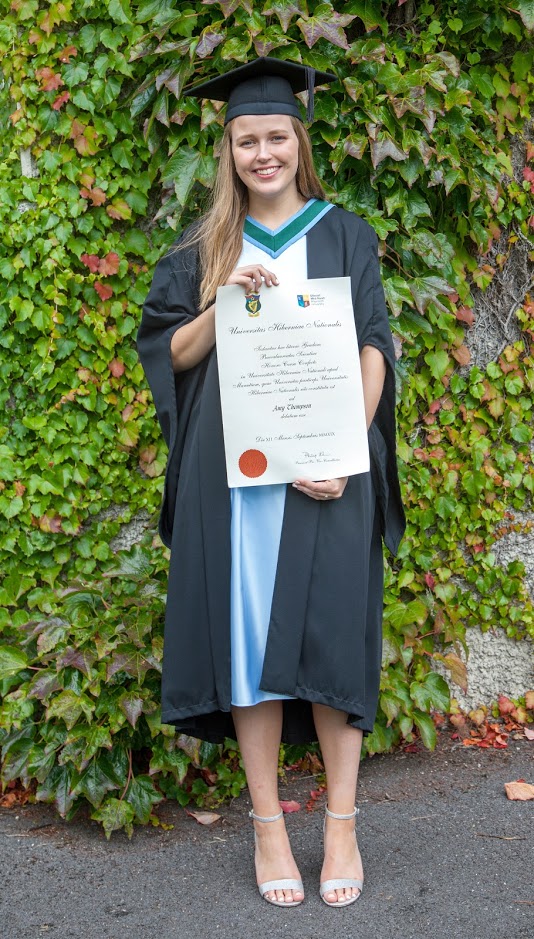
My aim in life has changed several times since my teacher asked me what I want to become in the 2nd grade. For a very long time, I aimed to become a sailor. When my sister was born, I wanted to be a doctor. Growing up, I realized that the only thing that makes me happy is when I build something by myself to helps others.
When I saw that information technology disrupts everything around us, how we learn, how we do business, how leaders governed the country, my choice was obvious. I started a B.Sc in Computer Science and Engineering. It turns out I was right. I am so lucky to get a chance to help people all over the world by developing applications, smartphones, cloud services, machine learning algorithms and so on.
As a senior software engineer, I developed applications for Mayo Clinic to run research on patients in underdeveloped countries to fight against diarrhoea and cholera. I developed applications for people who cannot open bank accounts. As a technical lead, I worked on a team to develop Samsung Galaxy S3, which brought historical changes in communication, learning, socialization and helped people move forward to a better future. As a senior software engineer, I got a chance to play with the data from the Lofar satellite and understand stars.
Currently, I am working as a cloud solution lead at IBM. I am responsible for building up solutions for Hybrid Application Modernization. I work with Government customers to build vaccine logistics supply chains, where cloud services enable rolling out vaccine programs quickly; Financial Industries to modernize their legacy way of working; Energy companies to become green. I explored Quantum computing even before it is available to the community. I teach students on blockchain as part of IBM Skill academy.
I am also at the final stage of my PhD in Deep learning at Maynooth University. I have already started playing with different Deep learning algorithms for my solutions of IoT (Internet of Things) Hazzard, privacy, security, edge intelligence and many more use cases.
Being the first female Computer Scientist in my family, helping people, exploring cutting edge technology, touching the Milky Way through coding, teaching new minds, all my dreams came to reality just for choosing CS.
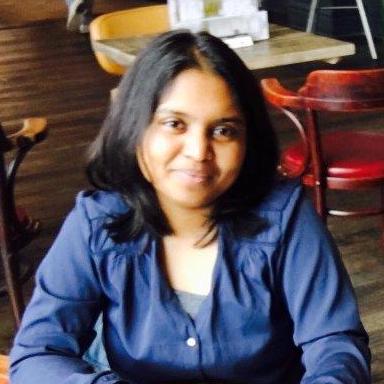
Below is a selection of biographies from women who have accomplished a huge amount within Computer Science. Many of these women had to overcome many obstacles to get to where they did.
There is a large number of women within the Computer Science and Tech worlds, however, their names are not as well known as theie male counterparts. The Top 20 Most Powerful Women in Tech can be found on the Forbes website. Forbes website. Discover Magazine have compiled a list of the 50 Most Important Women in Science.
Joan Clarke graduated from the University of Cambridge in 1939 with a Double First in Mathematics. However, at the time, these were only awarded to males so she was prevented from receiving her full degree until after the end of WWII. Her Mathematical ability attracted the attention of Gordon Wechman, who recruited Clarke to Government Code and Cypher School, (GCCS), at Bletchley Park in 1940.
Clarke initially undertook clerical work, earning far less than her male counterparts. But again, her abilities gained attention and she was promoted to Linguist, despite the fact she didn’t know another language but there were no protocols in place for a senior female cryptanalyst.
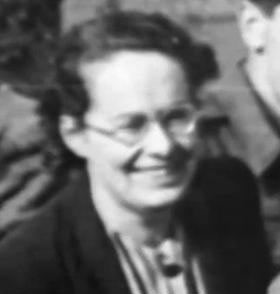
Margaret Hamilton studied Mathematics in Indiana, USA. She accepted a job at MIT and began to program software to predict the weather. In the early 1960s, she joined MIT’s Lincoln Laboratory, where she was involved in the Semi-Automatic Ground Environment (SAGE) project, the first U.S. air defence system.
Hamilton went on to work for MIT’s Instrumentation Laboratory, where she led a team developing software for NASA. Her team developed software for guidance and control systems for the lunar modules of the Apollo missions. Hamilton herself worked on software to detect system errors and to recover information in a computer crash. Working at a time when software engineering courses simply didn’t exist, Hamilton and her team had to fix problems on their own, and her work was crucial in making the first moon landing, Apollo 11, possible in 1969.
Hamilton was the recipient of various honours, including NASA’s Exceptional Space Act Award (2003). President Barack Obama presented her with the Presidential Medal of Freedom in 2016.
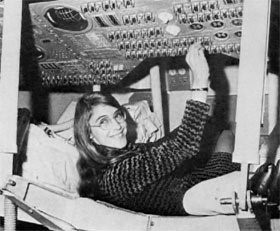
Katherine Johnson studied mathematics in Virginia and graduated with highest honours in 1937 and took a job teaching at a black public school in Virginia. Johnson began work at National Advisory Committee for Aeronautics’ (NACA’s which later became NASA) Langley laboratory in the summer of 1953, where her temporary position quickly became permanent. She was assigned to a project in the Maneuver Loads Branch of the Flight Research Division.
In 1962, as NASA prepared for the orbital mission of John Glenn, Johnson was called upon. The computers had been programmed with the orbital equations that would control the trajectory of the capsule in Glenn’s Friendship 7 mission from liftoff to splashdown, but the astronauts were wary of putting their lives in the care of the electronic calculating machines, which were prone to hiccups and blackouts. As a part of the pre-flight checklist, Glenn asked engineers to “get the girl”, meaning Johnson, to run the same numbers through the same equations that had been programmed into the computer, but by hand, on her desktop mechanical calculating machine. “If she says they’re good,’” Katherine Johnson remembers the astronaut saying, “then I’m ready to go.” Glenn’s flight was a success and marked a turning point in the competition between the United States and the Soviet Union in space.
When asked to name her greatest contribution to space exploration, Johnson would talk about the calculations that helped synch Project Apollo’s Lunar Module with the lunar-orbiting Command and Service Module. In 2015, at age 97, President Barack Obama awarded her the Presidential Medal of Freedom. She is immortalized in the 2016 book and movie “Hidden Figures”.

Hopper first studied at Vassar College, a liberal arts college, before completing her master’s and PhD in Mathematics at Yale University, graduating in 1934.
When the USA joined WWII, Hopper tried to enlist but was rejected due to her age and small size. She then joined the Women’s Reserves, became a lieutenant and was assigned to the Bureau of Ordnance’s Computation Project at Harvard University in 1944. Here she worked on the first large-scale automatic calculator and a precursor of electronic computers. After a moth got into one of the circuits, she coined the term ‘bug’ for an unexplained computer failure, which is still widely used.
In 1949 Hopper joined the Eckert-Mauchly Computer Corp., where she designed an improved compiler, which translated a programmer’s instructions into computer codes.
She retired from the navy with the rank of commander in 1966, but she was recalled the following year to help standardise the navy’s computer languages. At the age of 79, she was the oldest officer on active U.S. naval duty when she retired again in 1986.
Hopper was elected a fellow of the Institute of Electrical and Electronic Engineers (1962), was named the first computer science Man of the Year by the Data Processing Management Association (1969) and was awarded the National Medal of Technology (1991). She was posthumously awarded the Presidential Medal of Freedom in 2016.
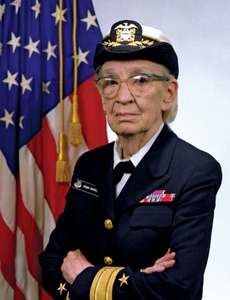
Smith studied mechanical engineering at MIT, achieving her bachelor’s and master’s degrees.
In September 2014, President Obama named Megan Smith the United States Chief Technology Officer (CTO) in the Office of Science and Technology Policy. In this role, she serves as an Assistant to the President. As U.S. CTO, Smith focused on how technology policy, data and innovation can advance. Smith was the first female to be appointed as CTO. She also created a White House Website dedicated to Women in STEM.
Before being appointed CTO, Smith was serving as a Vice President at Google. While at Google, Smith co-created the company’s “SolveForX” innovation community project as well as its “WomenTechmakers” tech-diversity initiative and worked on a range of other projects.
Over the years, Megan has contributed to a wide range of engineering projects, including an award-winning bicycle lock, space station construction program, and solar cookstoves. She was a member of the MIT student team that designed, built, and raced a solar car 2000 miles across the Australian outback. Smith has served on the boards of MIT, MIT Media Lab, MIT Technology Review, and Vital Voices; as a member of the USAID Advisory Committee on Voluntary Foreign Aid; and as an advisor to the Joan Ganz Cooney Center and the Malala Fund, which she co-founded.
